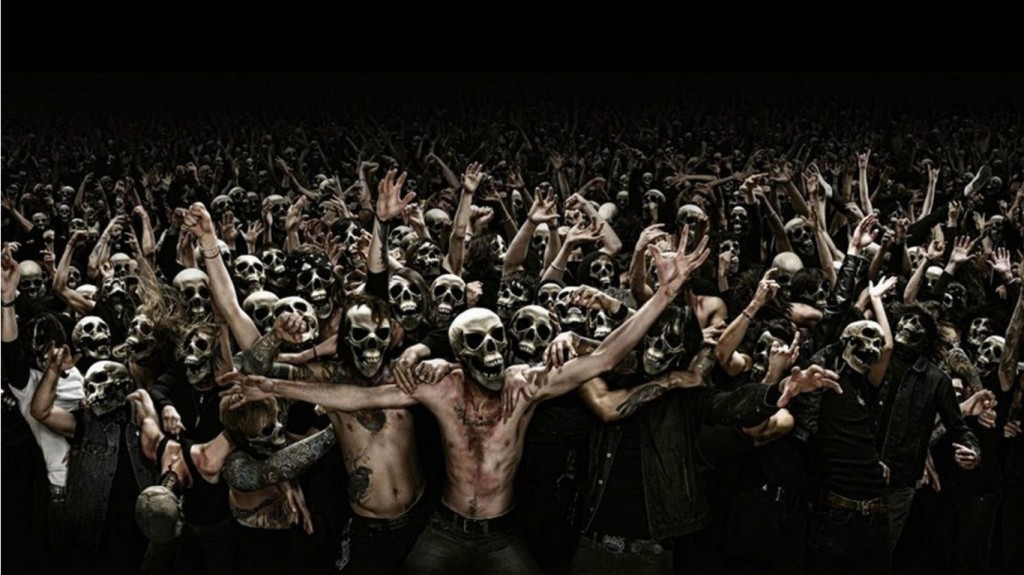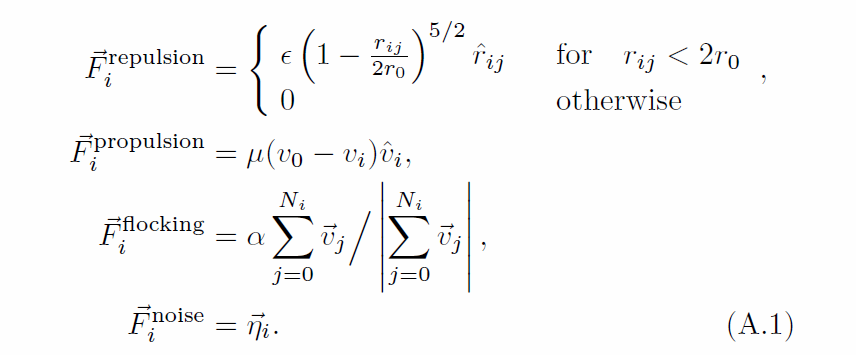Scientifically Designed Moshpit Simulator: Try It Here
BEHOLD THE SCIENTIFICALLY DESIGNED MOSH SIMULATOR!!!
Every once in a while scientists do some work that is not only groundbreaking and fascinating, but also hypnotic and beautiful to boot. A paper titled “Collective Motion of Moshers at Heavy Metal Concerts”, produced by the Itai Cohen Group in 2013 is one such an endeavor.
Not only did they write a fascinating (if a little tricky to understand) paper, they also made a brilliant interactive moshpit simulator (skip to the bottom if you are impatient).
It sounds like it might be some kind of bad joke, but it isn’t. Not at all. The study of how crowds respond is important stuff. If 10,000 people are exiting a stadium because of a fire or a bomb threat, you want to be able to design the building so that it will facilitate a swift and safe exit for all.
Plenty of studies in this field have been done by observing your common or garden pedestrian and other such crowds. The problem with research like this is that you can’t actually put people into life threatening situations. Apparently that’s unethical, who knew? So there’s still a fair amount of guesswork involved, after all, a man rushing for work is likely to be slightly more chilled than a man who can feel the flames on his back as he approaches a group of old people in the foyer of a burning cinema.
Studying moshpits is another way of observing how humans react en masse. It has its own pitfalls (pun intended) but at least it’s another avenue of human crowd behaviour to look at and understand. The paper by Jesse L. Silverberg, Matthew Bierbaum, James P. Sethna, and Itai Cohen is worth reading. Not in full of course, it’s too confusing (for me any way), but I for one really enjoy having a sneak peak into the obscure cerebral things that other people get knee deep into.
Here’s a couple of sample quotes to give you an idea, it starts out understandable…
Human collective behaviors vary considerably with social context. For example, lane formation in pedestrian traffic, jamming during escape panic, and Mexican waves at sporting events are emergent phenomena that have been observed in specific social settings. Here, we study large crowds of people under the extreme conditions typically found at heavy metal concerts….
Then it leaves me far behind with this…
Here, rij is the center-to-center distance between MASHer i and j, r0 is the MASHer radius, v0 is its preferred speed, and vi is its instantaneous speed. The coefficients ǫ, μ, and α are free parameters in our model reflecting the relative strength of each term, and the carat(ˆ) denotes unit vectors. The flocking force is a summation of the velocities vj of all the Ni MASHers within a radius rflock of MASHer i. ~ηi is a vector whose component are drawn from a Gaussian distribution with zero mean and whose standard deviation was varied in the simulation. In total we have 7 independent parameters, of which all but two are held constant.
Well… here’s the simulation… click at the bottom to change the parameters:
MORE HEAVY METAL:
YOUNG KIDS PLAY TOOL COVER AND NAIL IT
26 GENRES OF METAL IN ONE SONG



















